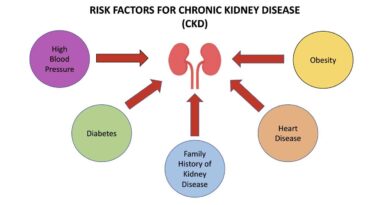Violence, Drugs, and The Wire
by Maximilian Eyle
When The Wire aired on HBO fifteen years ago, television and the role of television in our society changed. Along with shows like The Sopranos, The Wire established that the most cutting edge cinema in the 21st Century would no longer be found at the movies. Part of what made The Wire so outstanding was its unabashed critique of our criminal justice system. Many other television shows had played with the good guy/bad guy narrative by depicting corrupt cops and likable criminals, but The Wire took things a step farther by putting the whole philosophy of our current law enforcement system on trial. Entire books have been written on what that show can teach us, but in my short article I will attempt to outline one specific lesson having to do with police, drugs, and violence.
The show begins with Avon Barksdale being the biggest drug dealer in Baltimore, with many millions of dollars and many men working underneath him. As his grasp is weakened by the police’s efforts to arrest him – new opportunities are created for his competitors. As his business begins to weaken, the gaps are filled by other ruthless criminals in the area. As Barksdale’s reign declines, Marlow Stanfield begins to take over through a brutal transition of gang warfare where many people are killed, criminals and innocent people alike. The power system had changed. The power and riches that had been Barksdale’s now belonged to Stanfield. What did not change? The availability of drugs or the safety of the neighborhood.
Soon, the police would investigate Stanfield and the cycle would begin again. There is a strong lesson here about the futility of police intervention in the drug trade. Not only does it do little to curb the availability of so-called “controlled substances”, but it can create power vacuums which often inspire violence. So what are we to do? We obviously cannot let these criminals go unpunished. We found the solution 85 years ago when Al Capone and other powerful underground alcohol distributors controlled our cities. We could not arrest our way out of the problem, so we legalized alcohol in 1933 after thirteen years of prohibition.
The U.S. murder rate had been rising and peaked in 1933. That same year, it began to decline – a trend that continued for nearly forty years until the War on Drugs started up under President Nixon. If we are serious about curbing violence in our neighborhoods and cities – we need only look at history for the solution, or perhaps just turn on the TV.
Maximilian Eyle is a native of Syracuse, NY and a graduate of Hobart and William Smith Colleges. He has experience working in the drug policy field and writes about it every month for CNY Latino. Maximilian learned Spanish while living in Spain where he studied and worked as an English teacher. He can be contacted at maxeyle@gmail.com.


